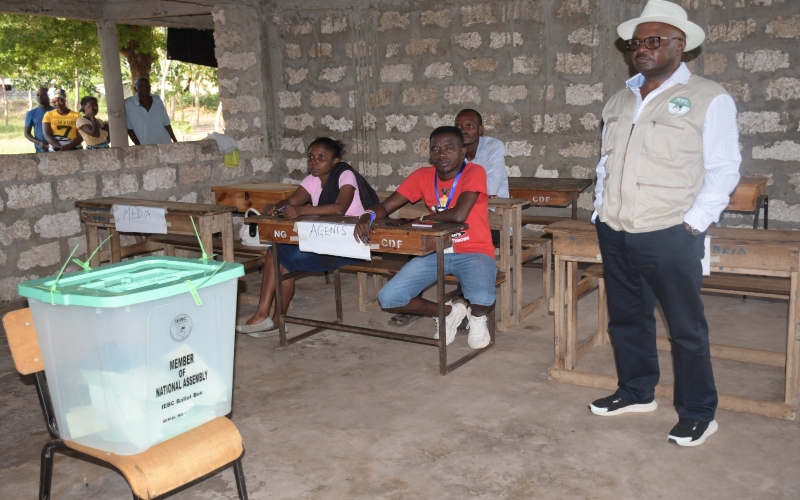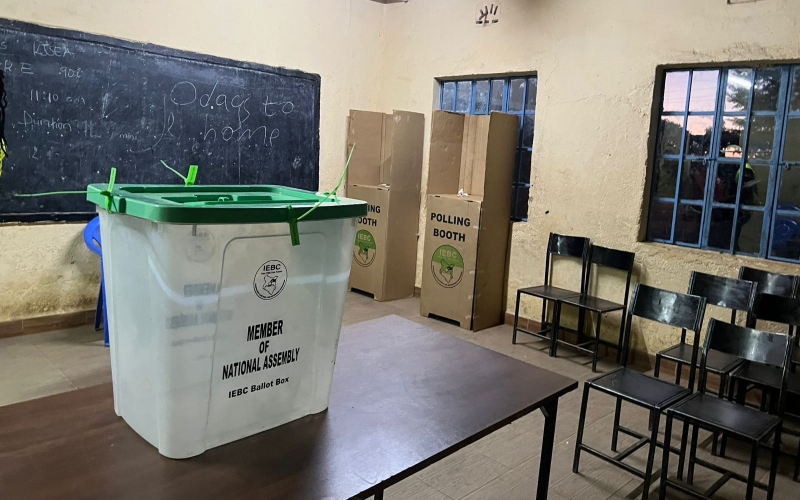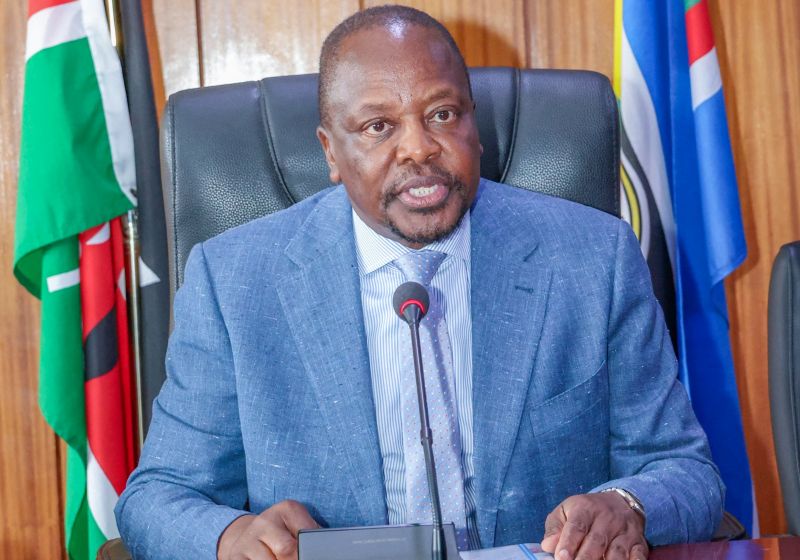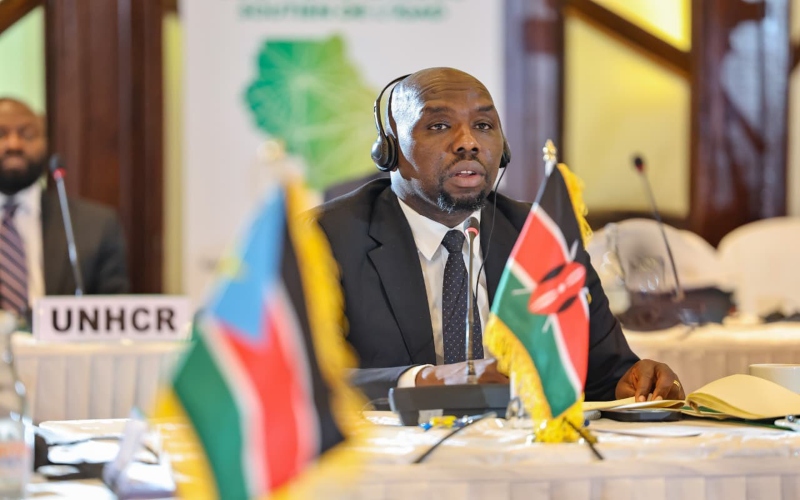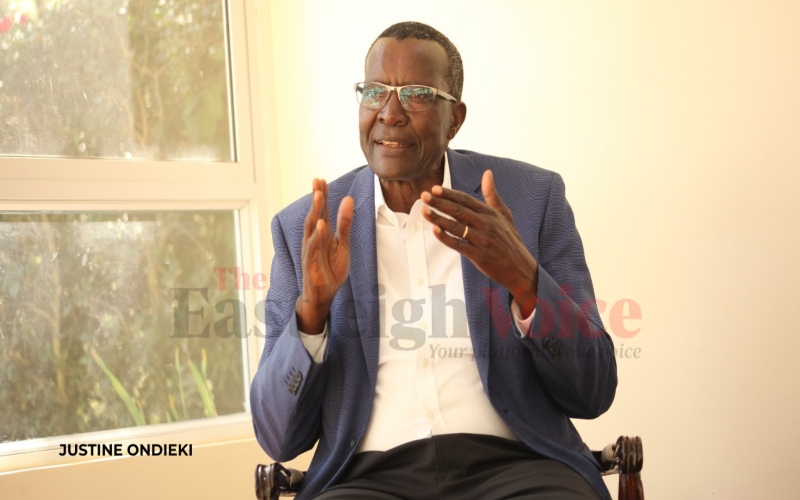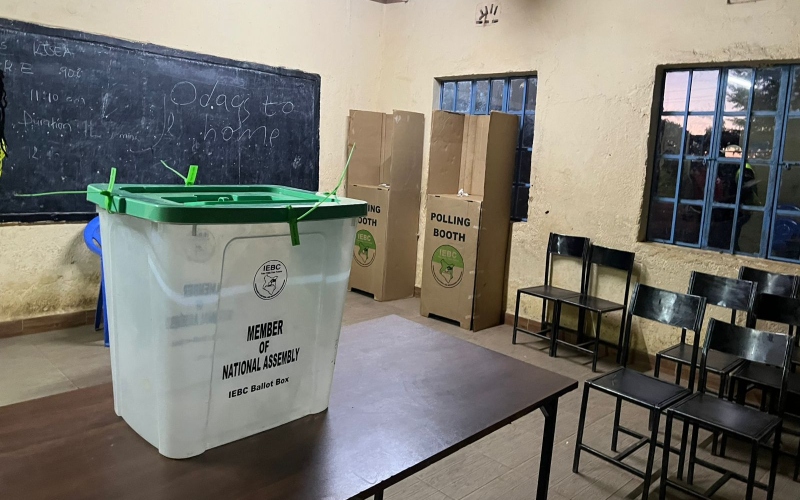Kenya Kwanza adds Sh3 trillion to national debt in three years, CBK reveals

The report indicates that when President Ruto assumed office in 2022, the national debt stood at Sh8.7 trillion in the 2021/22 financial year. By June 30, 2025, this had surged to Sh11.81 trillion, reflecting a 17 per cent increase.
Kenya Kwanza has added Sh3 trillion to the country’s debt in just three years, according to a Central Bank of Kenya (CBK) report presented to Parliament.
The document, shown to the National Assembly Public Debt and Privatisation Committee by CBK Governor Dr Kamau Thugge, reveals that the nation’s borrowing under President William Ruto’s administration has sharply increased the debt stock, putting more pressure on fiscal sustainability.
More To Read
- Cases of police misconduct rises despite overall drop in crime -Report
- CBK warns of rising debt distress, urges fiscal coordination
- Northern region MPs accuse President Ruto of ignoring region in State of the Nation Address
- Governance Committee orders mandatory audit attendance for university heads
- Government to build 50 mega dams to transform Kenya’s agriculture - Ruto
- Ruto says public demand for affordable housing has replaced doubts with excitement
The report indicates that when President Ruto assumed office in 2022, the national debt stood at Sh8.7 trillion in the 2021/22 financial year.
By June 30, 2025, this had surged to Sh11.81 trillion, reflecting a 17 per cent increase. Domestic borrowing has grown faster, underlining the rising cost of debt service and growing pressure on the government’s budget.
“Recent borrowing targets have been quite ambitious as the domestic market continues to support growing budgetary financing requirements,” the CBK document reads.
The three-year borrowing pace translates to roughly Sh1 trillion per year, yet the report does not specify which projects were funded with this money.
Kenya’s debt currently includes Sh6.33 trillion from domestic sources and Sh5.5 trillion in foreign loans.
President Ruto, who was sworn in on September 13, 2022, had promised fiscal consolidation to curb debt levels amid economic challenges such as drought, floods, and the lingering effects of the Covid-19 pandemic.
Before Ruto took office, the debt in 2020/21 was Sh7.7 trillion, with foreign debt at Sh3.999 trillion and domestic borrowing at Sh3.7 trillion.
The administration’s fiscal reforms were intended to control the rate of debt accumulation and reduce the debt-to-GDP ratio, which now stands at 69 per cent, according to CBK figures.
Parliament amended the Public Finance Management Act in October 2023, replacing the previous Sh10 trillion debt ceiling with a 55 per cent debt-to-GDP limit in Net Present Value terms.
Also, interest payments on domestic loans have steadily risen, reflecting Kenya’s increasing reliance on domestic financing, which has limited access to affordable credit for small and medium-sized enterprises.
In 2020/21, domestic interest payments were Sh388.8 billion, climbing to Sh456.8 billion in 2021/22, Sh533.1 billion in 2022/23, Sh622.5 billion in 2023/24, and Sh776.3 billion in 2024/25.
Thugge noted that while public debt remains manageable, it carries “a high risk of debt distress.”
This suggests that if revenue targets are missed or policies fail, Kenya could struggle to meet its debt obligations in the future.
The 24.7 per cent rise in domestic interest payments in 2024/25 reflects higher costs on Treasury bonds and the structure of domestic debt.
Top Stories Today
